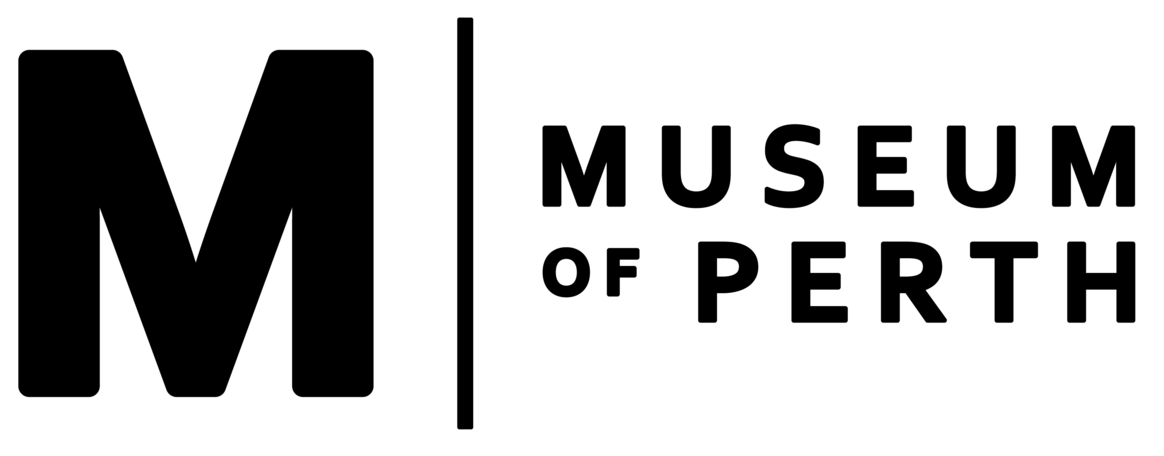Matta Gerup
Matta-Gerup /Ma'ta-ga'rup / Matagarup / Mata Garup
Description & Location
Matta Gerup, literally translating to shin-deep (matta-ger), was a shallow crossing point through the Swan River where the Causeway is now located.
The site is an important part in the creation journey of the Waugyl, the giant rainbow snake of Noongar Dreaming. When the Waugyl tunnelled east towards the ocean, creating the bilya (Swan River), it became stuck in the mud flats of Matta Gerup and had to shake its scales off to get through to Buneenboro (Perth Water). Noongar storytelling reveals that the nearby island of Goonagar may have been created through the shedding of the Waugyl’s scales.
Matta Gerup was the only major crossing point for people making their way to the other side of the Swan River. The local Noongar people held access to the ford and granted rite of passage for other groups to make their way through the river. For this reason, the ford of Matta Gerup was significant for trade, religious ceremony, economic activity and social interaction.
Europeans later referred to this area as ‘The Flats’ as it was made up of multiple small islands and mud flats. The original islands around the mud flats associated with Matta Gerup include Goonagar, Kakaroomup, and Yoondoorup.
Today, Matta Gerup is most likely encompassed by the site of Goonagar.
References
Bates, D. Manuscript 365/4/174, Notebook 20, p.57.
Bates, D. Manuscript 365/4/179, Notebook 20, p.63.
Bates, D. (1909, December 25). Oldest Perth. Western Mail, p. 16. Retrieved from http://nla.gov.au/nla.news-article37401699.
Bates, D. (1929, July 4). Aboriginal Perth. Western Mail, p. 70. Retrieved from http://nla.gov.au/nla.news-article38887581.
Department of Biodiversity. (1997). Conservation and Attractions, Swan River System Landscape Description, Swan River Trust, Report No. 28,
State Library of NSW. (1899). Box 5 Folder 1: Western Australian Place Names, 1899-1903, p. 25.
The Western Australian Journal. (1833, April 20). The Perth Gazette and Western Australian Journal, p. 63. Retrieved from http://nla.gov.au/nla.news-article642121.
State Records Office of WA. Cons993. 1948/0150. List of native names for naming farms etc., p. 162.
View of the mud-flats, 1890-1900, State Library of Western Australia, 230443PD

